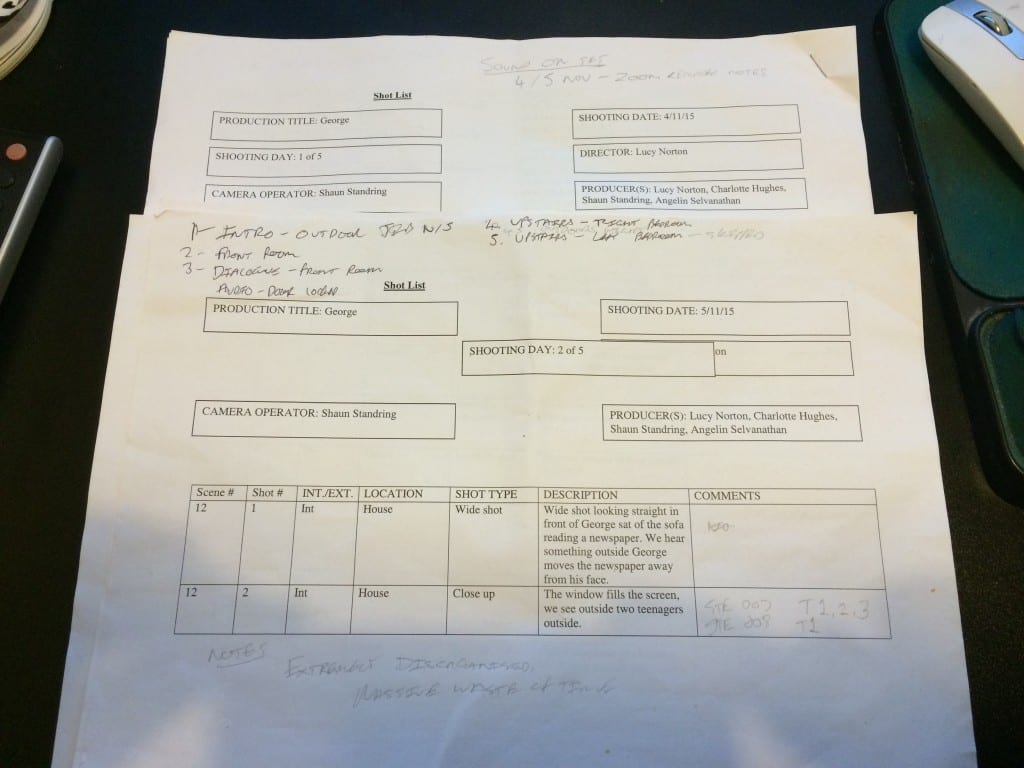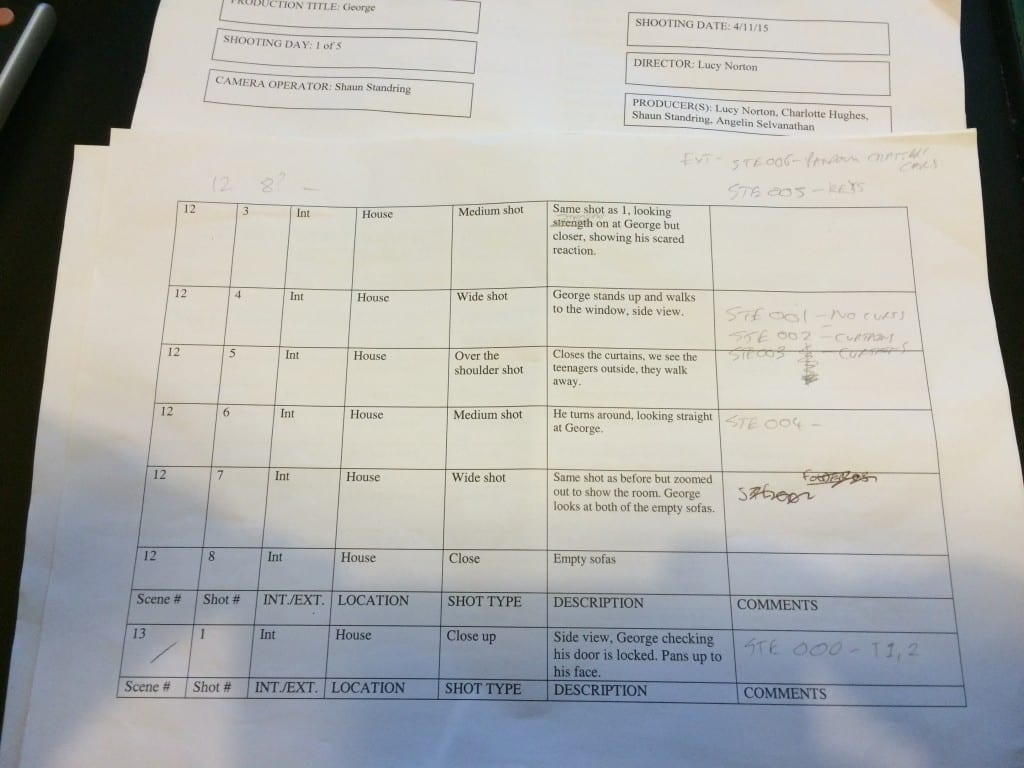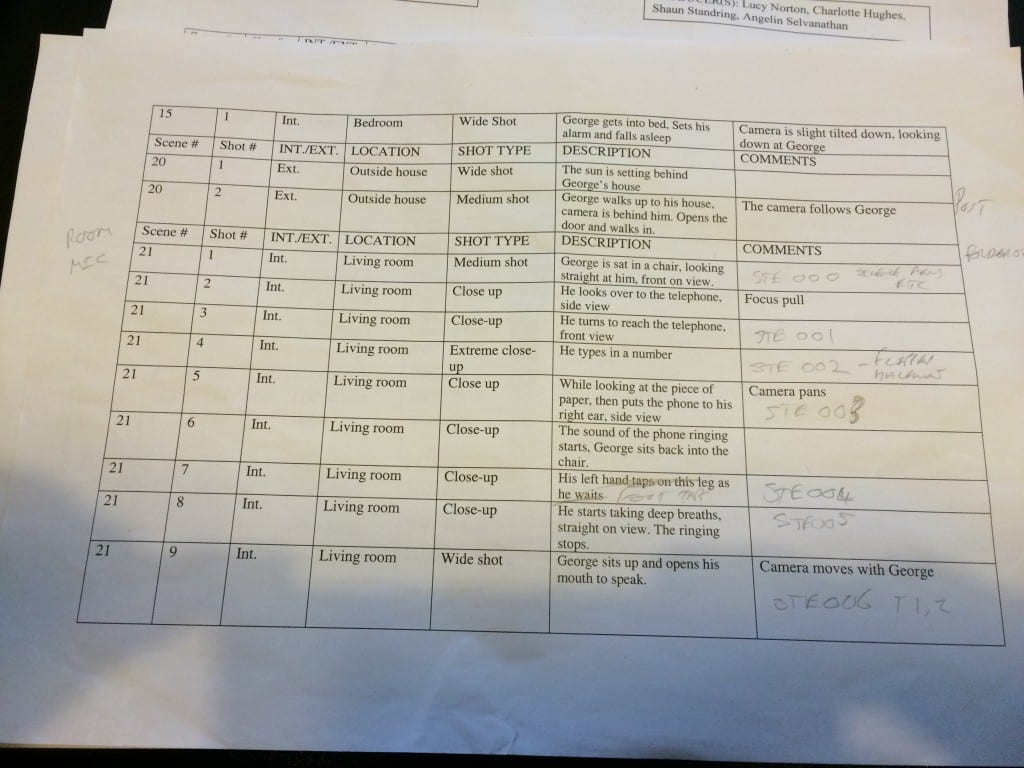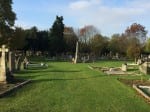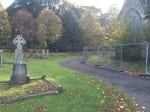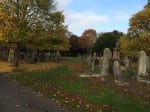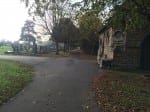Images of several annotated shooting scripts from days 1 and 2 of filming.
Month: November 2015
Guest Lecture – Grant Bridgeman – 11/11/15
Grant Bridgeman is a BAFTA nominated location sound recordist and sound designer.
This extra teaching session with him was largely based around the students in attendance asking questions as many of us (including our group) had been recording on location several times over the previous couple of weeks.
In our case this was particularly useful – Grant was able to answer a question which had been raised during our shoot about working with boomed microphones in wet or damp conditions, amongst others, specifically how long this equipment tends to be able to manage in wet weather before performance is effected. Not very long is the answer, and Grant provided several practical options for mitigating issues caused by adverse weather. He also discussed some methods of managing less than professional crews, some tips for handling moving shots, and the critical importance of preparation, reconnaissance and early communication of potential issues when working on location with film crews.
He also covered some of the intricacies of the various microphones often used for location work, and gave several tips for getting better results out of tricky situations.
It was extremely useful to be able to run our recent experiences in the field past a professional with 20+ years experience, and the information we took away from this session has already proven valuable in our planning of the location audio for the remainder of ‘George’.
– 185 words
KEY POINTS –
Professional feedback on technical process for location recording and on process for managing tricky working relationships –
Contribution + Role, Individual reflection on learning and team role, Application of skills and conduct in production.
Learning Outcomes –
To contribute extensively to the practicalities of creating and recording music for, and of recording location sound for the piece.
To successfully manage the audio team’s interaction with film’s director, editor and producer on a practical and creative level, and ensure the audio team’s work is delivered on time and to a good standard
Guest Lecture – Jez Riley-French – 02/11/15
Jez Riley-French is a field recordist and sound artist who’s audio work stems from an interest in microphone and recording technology and a naturalist and durationalist approach to recording.
He records the sound of “mediums other than air” using contact microphones and hydrophones (amongst others) and likens recording sounds of the natural world as they occur to improvisational music, in that the results are relative to many variables and always surprising. He also notes that little is really known about environmental sounds citing examples he demonstrated of recording orchestra mediated by the buildings they perform in.
The demonstrations of some of his work were quite unusual, and he made the point that some of his work has been picked up for use in films and games with a leaning towards sci-fi. He argues this is because they tend to be otherworldly, but retain a basis in reality. He believes that getting the audio right at source is critical for game and film sound design, and that too much EQ is the addition of an unreal element to the sound, equating this with a ‘loss’ of the natural.
Jez made the point that exhibiting sound art can be difficult and is relatively underdeveloped and misunderstood at the level of institutions, warning that sound artists should be learn to be forceful about the requirements for their pieces. He also commented on the barriers to entry for the sound art audience as being the unskilled curation, and that many artists don’t have a strong artistic voice and are very reactive.
– 257 words
PLANNING – Location Selection and Recce
Location selection for George was well underway by the time we agreed to get involved but, as a local to Lincoln, I was able to make a couple of suggestions.
We decided to make George’s home a residential house which is currently empty of tenants I’m aware of. This seemed sensible because the original suggestion was a student house of one of the crew and I felt that an empty house would present less obstacles for dressing and less likelihood of interruption to the filming process, and a more controllable environment for us to work in in general. The film crew concurred with this point of view upon seeing the house, as well as feeling it was a stylistic improvement that fitted the script more naturally.
We next performed a preliminary reconnaissance of all the locations bar one, as per Grant Bridgeman’s repeated admonitions in our earlier lectures.
The sound team and I performed a reconnaissance of the house from the perspective of problems for the location audio and the obvious issue, with a reasonably busy road outside and old style, single glazed windows, was traffic noise. This noticeably worsened at different times of day, and led to us advising that the few scenes with dialogue were scheduled in the quieter periods.
The graveyard in the script was also checked over well in advance, and again suffered from traffic noise even though the shoot location itself within the context of a large site was as far from the road as practicable. We also noted the lack of cover from the weather, and the relative distance and inaccessibility of the location if the crew attempt to reach it on foot, which was being mooted at the time. Again the timing of the shoot was clearly to be an issue, as it had an effect on both light levels for working and traffic volume.
—————————–
– 300 words
KEY POINTS + LEARNING OUTCOMES
Reconnaissance of locations – Planning, Process Management, Contribution.
Learning Outcome – To contribute extensively to the practicalities of creating and recording music for, and of recording location sound for the piece.
